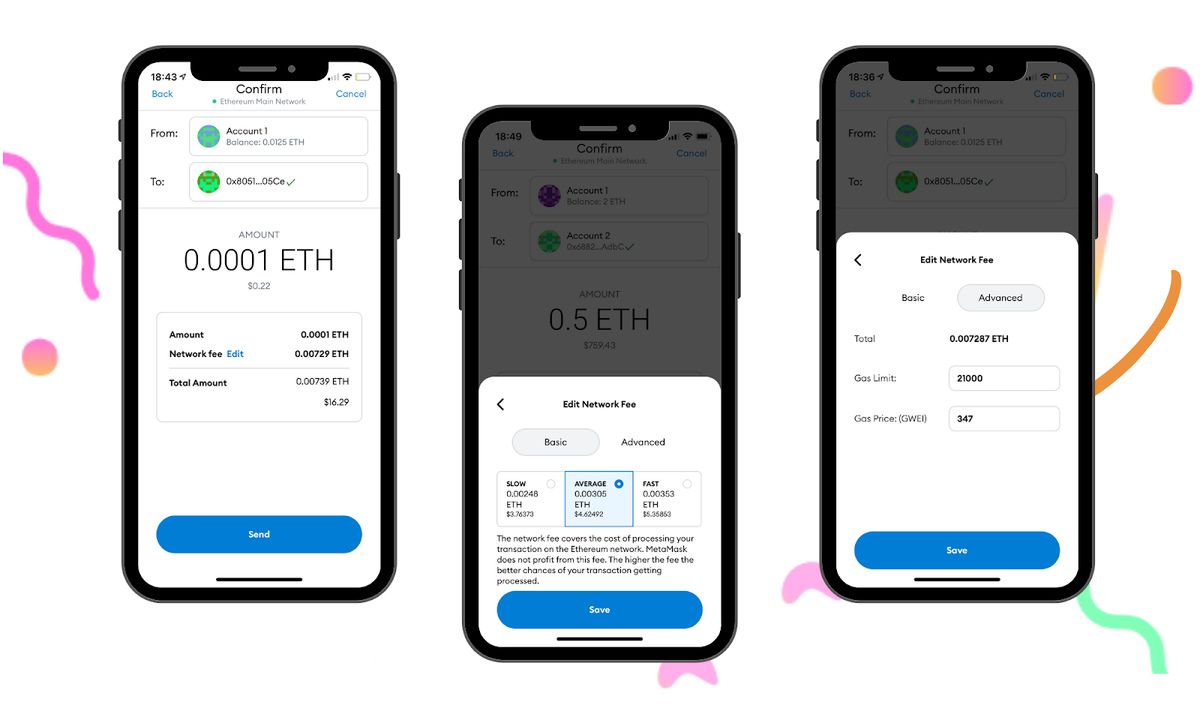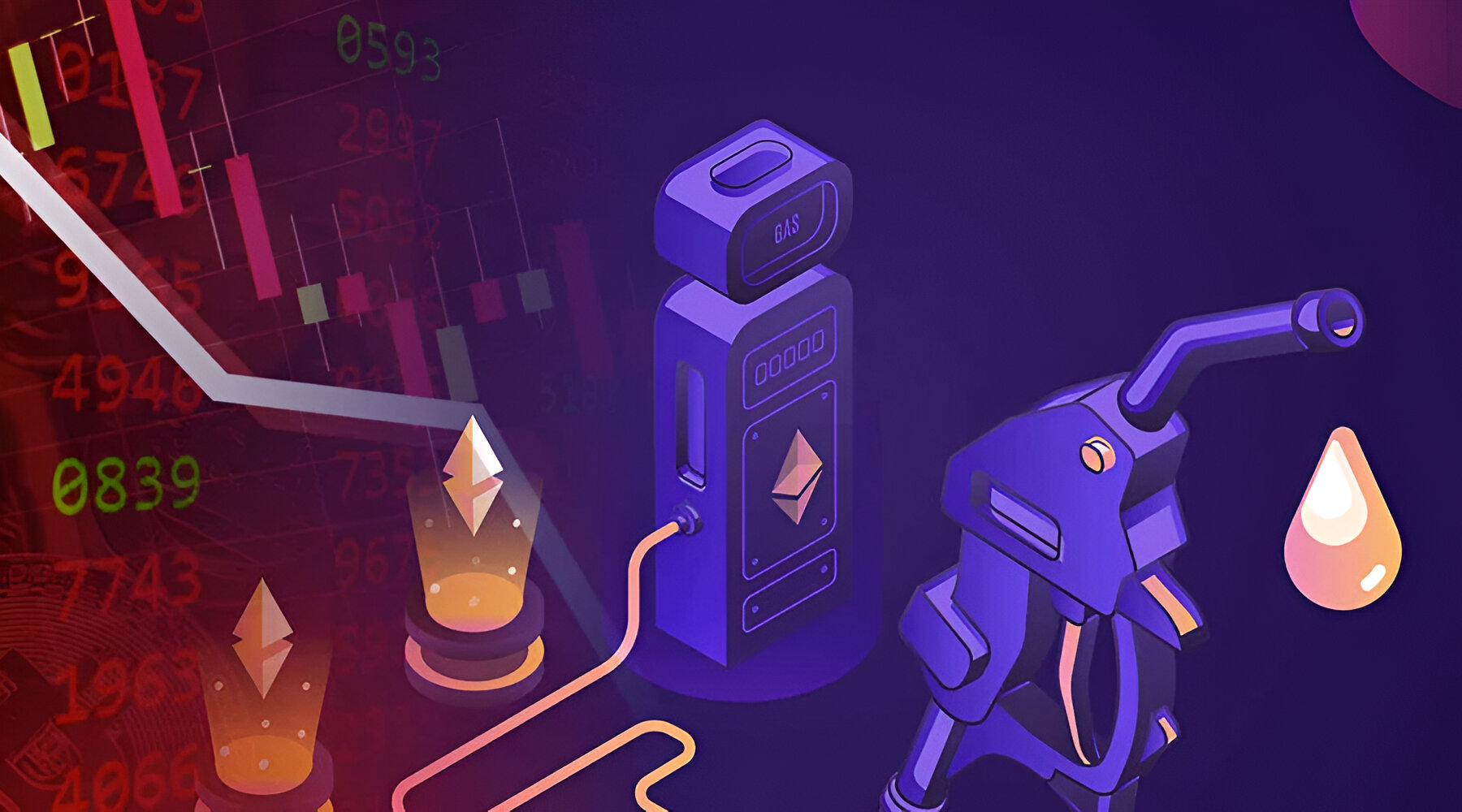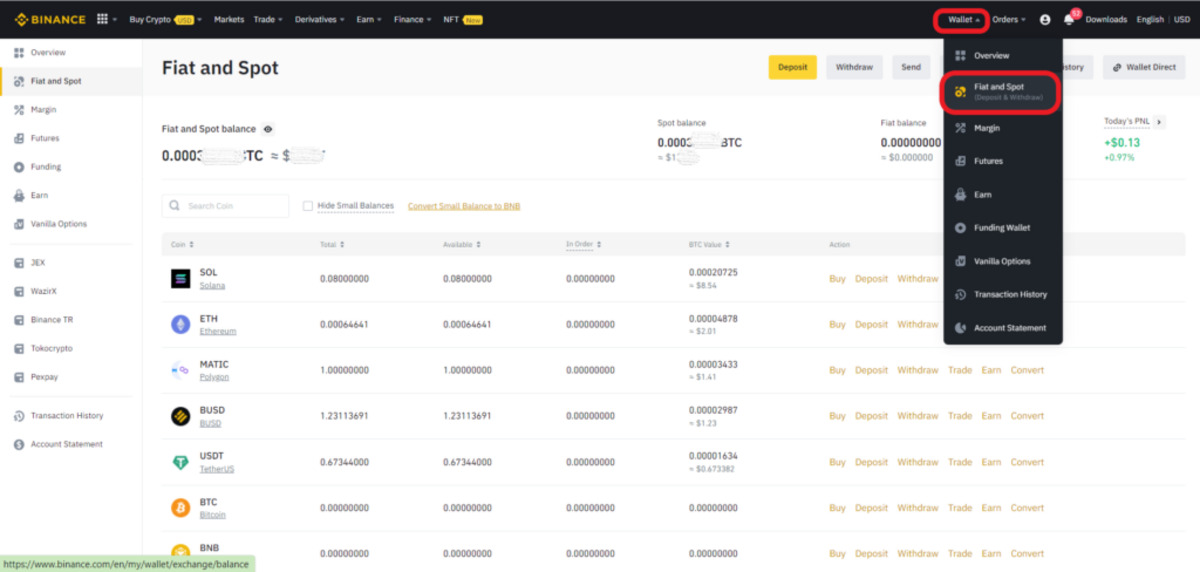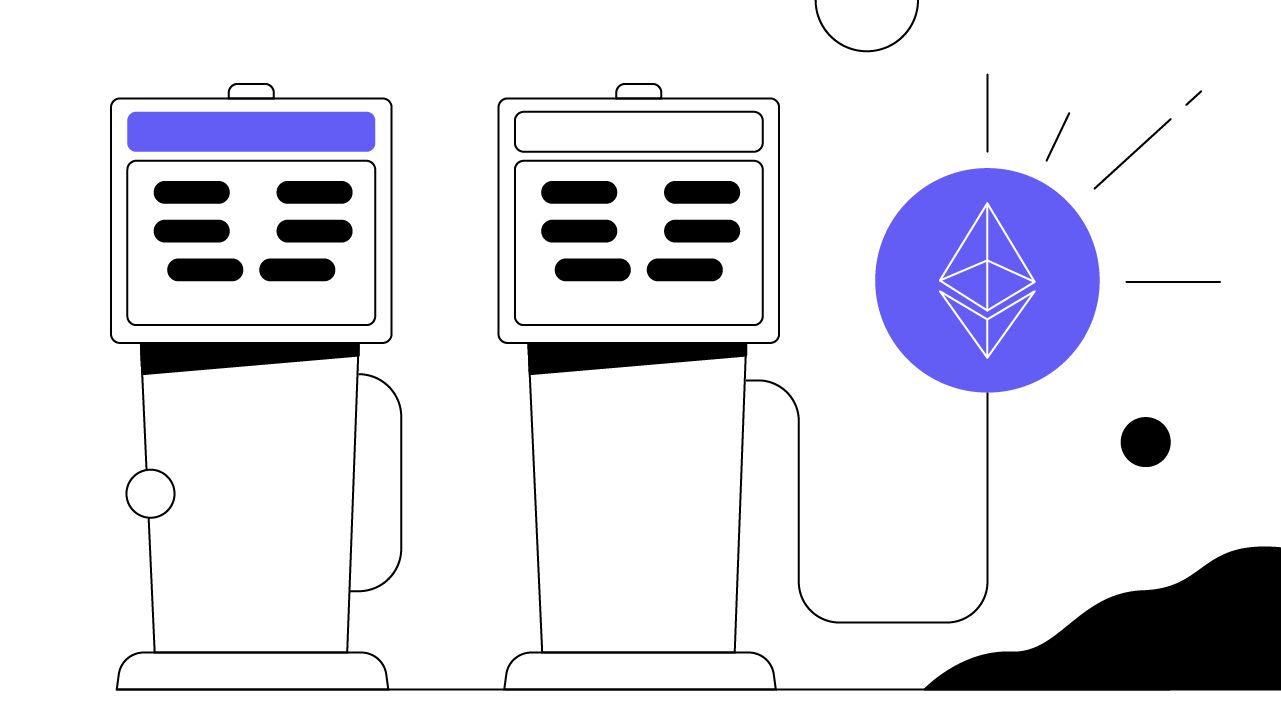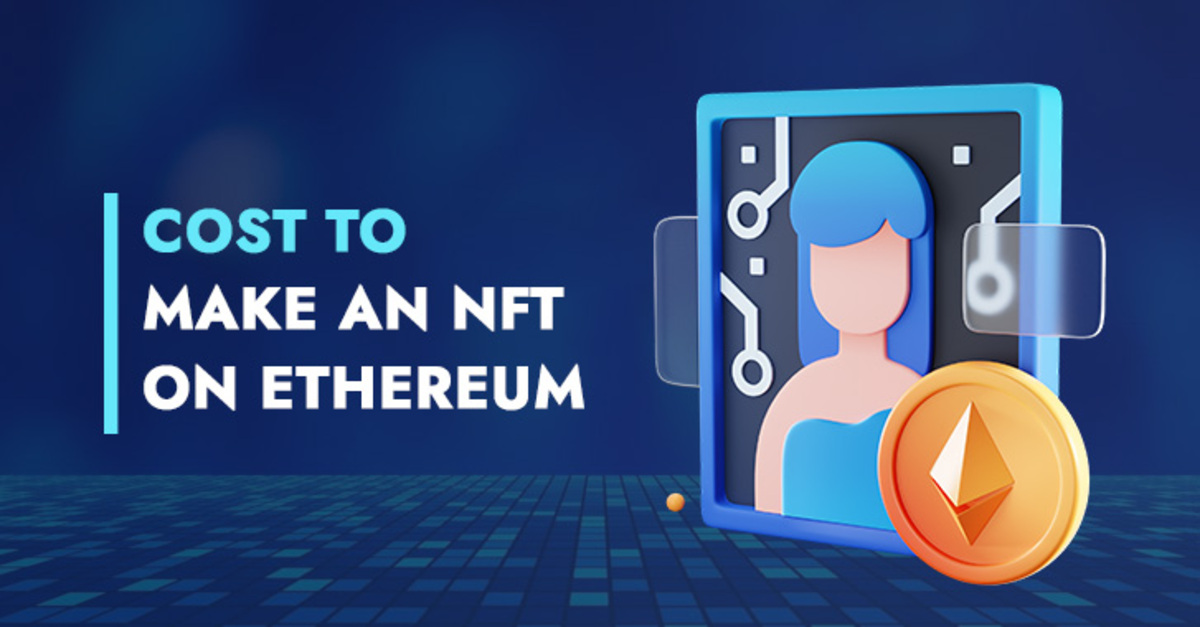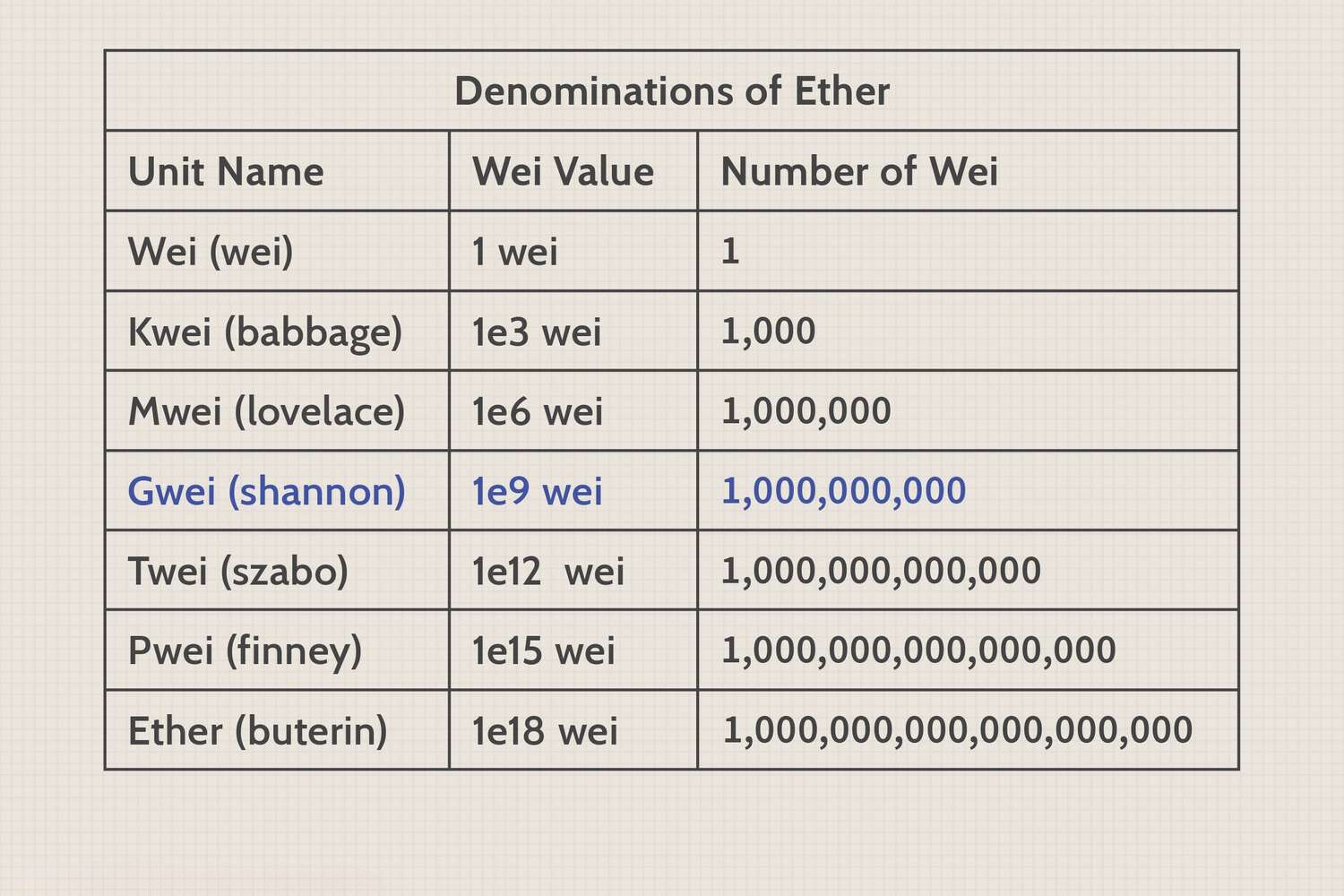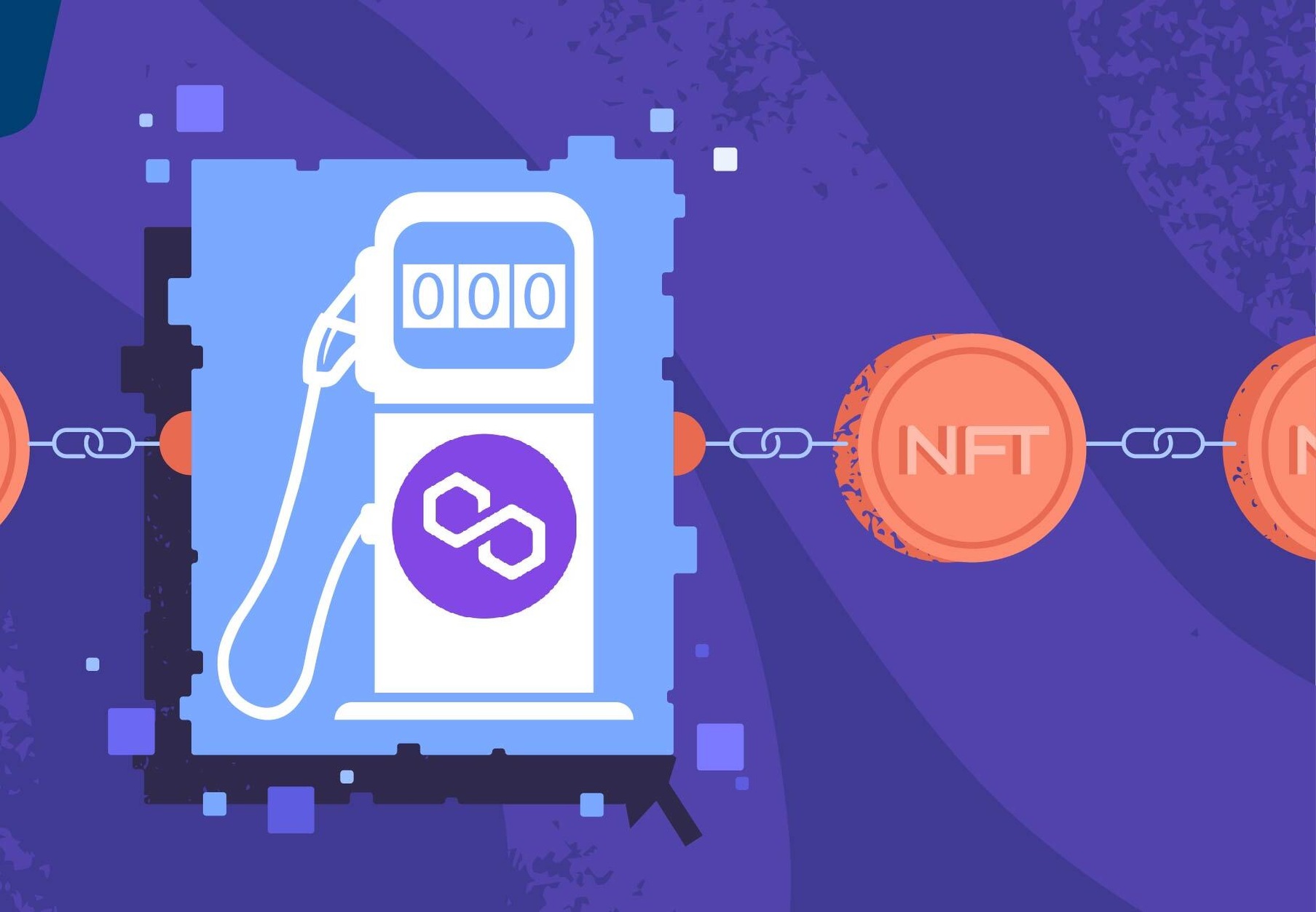Introduction
Welcome to the world of Ethereum, a decentralized platform that has revolutionized the way we transact and interact. As one of the most popular blockchain networks, Ethereum provides a robust foundation for building decentralized applications, known as smart contracts. However, like any technological innovation, Ethereum has its own intricacies that users must understand to navigate efficiently.
One crucial aspect of using Ethereum is understanding gas fees. Gas fees are one of the core concepts that set Ethereum apart from traditional centralized systems. They play a significant role in executing transactions and running smart contracts on the Ethereum network. Whether you are a seasoned Ethereum user or just getting started, understanding gas fees is paramount.
In this article, we will delve into the world of gas fees in Ethereum. We will explore what Ethereum is, delve into the concept of gas, understand how gas fees work, and discuss their importance in the Ethereum ecosystem. We will also delve into the factors that affect gas fees and provide some useful tips to reduce gas fees. By the end of this article, you will have a comprehensive understanding of gas fees in Ethereum and be better equipped to navigate the Ethereum network with confidence.
So, let’s begin our journey into the fascinating world of Ethereum and gain a deeper understanding of gas fees and their significance.
What is Ethereum?
Ethereum, launched in 2015, is a decentralized, open-source blockchain platform that enables the creation and execution of smart contracts. Unlike traditional centralized systems, Ethereum operates on a peer-to-peer network, allowing participants to interact directly without intermediaries.
At its core, Ethereum is not just a digital currency—it’s a platform that developers can use to build decentralized applications (DApps) and other blockchain-based projects. Ethereum’s native cryptocurrency, Ether (ETH), is used to power transactions and compensate network participants for their computational efforts.
One of Ethereum’s distinguishing features is its ability to execute smart contracts. Smart contracts are self-executing agreements that automatically execute predefined actions when certain conditions are met. These contracts eliminate the need for intermediaries, streamlining processes and reducing costs.
With Ethereum, developers can build a wide range of applications, including decentralized finance (DeFi) platforms, decentralized exchanges, gaming platforms, and more. This flexibility has contributed to Ethereum’s widespread adoption and popularity.
Furthermore, Ethereum’s blockchain offers transparency and security through its decentralized consensus mechanism, known as proof-of-work (PoW). Miners compete to solve complex mathematical puzzles to validate transactions and secure the network. This consensus mechanism ensures the integrity of the blockchain and protects it from fraudulent activities.
Overall, Ethereum empowers developers to create innovative and decentralized solutions by utilizing its robust infrastructure and smart contract capabilities. The Ethereum network has become a hub for innovation, attracting developers and users from various industries.
In the next section, we will explore the concept of gas and its crucial role in executing transactions and running smart contracts on the Ethereum network.
What is Gas in Ethereum?
In order to understand gas fees in Ethereum, it’s essential to grasp the concept of “gas.” Gas is a unit of measurement that quantifies the computational effort required to perform specific operations on the Ethereum network. It represents the cost of executing transactions and smart contracts.
Gas serves two primary purposes in Ethereum:
- Resource Allocation: Gas is used to allocate computational resources, including processing power and storage space, to execute transactions and run smart contracts. Each operation on the Ethereum network requires a certain amount of gas, which is determined by its complexity and resource requirements.
- Fee Calculation: Gas is also used to determine the fee associated with a particular transaction or smart contract execution. Gas fees are incurred to incentivize miners to include transactions in blocks and validate them. Miners receive these fees as rewards for their computational effort and contribution to securing the network.
Every transaction and smart contract execution on Ethereum consumes a specific amount of gas. Simple operations, such as transferring Ether from one account to another, require a relatively small amount of gas. Conversely, complex operations, such as executing complex smart contracts or interacting with large amounts of data, consume more gas.
Gas is denoted in units of “Gwei,” which is a subunit of Ether. Gwei represents one billionth of an Ether. Gas prices are commonly expressed in terms of Gwei per unit of gas (Gwei/gas). The gas price determines the transaction fee, while the total gas used determines the overall cost of the transaction or smart contract execution.
Gas fees in Ethereum are dynamic and can vary depending on the network’s congestion at any given time. During periods of high demand, gas fees tend to increase as users compete to have their transactions processed quickly. Similarly, when network activity is low, gas fees tend to be lower.
Now that we have a basic understanding of gas and its role in Ethereum, let’s delve into how gas fees work and why they are important in the Ethereum ecosystem.
How Gas Fees Work
Gas fees in Ethereum are a core component of the network’s functioning and help ensure the proper execution of transactions and smart contracts. Understanding how gas fees work is crucial for users to optimize their interactions with the Ethereum network.
When you initiate a transaction or execute a smart contract on Ethereum, you need to specify the gas price you are willing to pay for each unit of gas consumed. This gas price determines the fee you will pay, and in turn, influences the priority given to your transaction by miners.
Gas fees are calculated by multiplying the gas price by the amount of gas used in the transaction or smart contract execution. The total gas used is determined by the complexity and computational requirements of the operation.
Miners, who validate and include transactions in blocks, have the discretion to choose which transactions to process based on the gas fees offered. They prioritize transactions with higher gas fees because they are incentivized to maximize their earnings by including transactions that offer higher fees.
If your gas fee is set too low and there is high network congestion, your transaction may experience delays or even be left pending indefinitely. In contrast, setting a higher gas fee ensures that your transaction is more likely to be processed quickly.
Ethereum users have control over the gas fees they pay through the gas price and the total gas limit. The gas price determines the fees, while the total gas limit is the maximum amount of gas allowed for a specific transaction or smart contract execution.
If a transaction or contract exceeeds the total gas limit, the operation will fail and any changes made prior to reaching the limit will be reverted. It’s crucial to estimate the gas limit accurately to ensure the successful execution of transactions or smart contracts.
Gas fees play a vital role in Ethereum’s ecosystem. They incentivize miners to validate transactions and maintain the network’s security and integrity. Miners collectively validate and confirm transactions by solving complex mathematical puzzles, a process called mining. Gas fees serve as the primary incentive for miners to contribute their computational power to the network.
Furthermore, gas fees encourage efficient use of computational resources on the Ethereum network. Since each operation consumes gas, users are motivated to write efficient smart contracts and optimize transactions to minimize gas usage and, in turn, reduce fees.
In the next section, we will explore why gas fees are important in the Ethereum ecosystem and how they are determined.
Why are Gas Fees Important?
Gas fees play a crucial role in the Ethereum ecosystem, serving several important functions that contribute to the network’s efficiency and security.
Priority and Transaction Processing: Gas fees determine the priority given to transactions on the Ethereum network. Miners, who confirm and validate transactions, prioritize transactions with higher gas fees. This incentivizes users to attach adequate gas fees to ensure their transactions are processed promptly. Without gas fees, there would be no mechanism to prioritize transactions, leading to potential congestion and delays on the network.
Network Security and Decentralization: Gas fees are an essential aspect of Ethereum’s security model. By imposing fees, Ethereum ensures that the network is not spammed with frivolous or malicious transactions. Miners are incentivized to include transactions with higher gas fees, which helps prevent spam and attacks on the network. This fee-based system promotes a fair and secure environment for all participants.
Resource Allocation and Fair Compensation: Gas fees allocate resources on the Ethereum network. The fees reflect the computational effort required to process transactions and execute smart contracts. Miners are compensated for their computational work and the resources they allocate to validate transactions. The payment of gas fees ensures a fair and sustainable model, where those contributing resources are appropriately rewarded.
Network Stability and Scalability: Gas fees also help maintain the stability and scalability of the Ethereum network. During periods of high demand, when the network is congested, gas fees tend to increase. This dynamic pricing mechanism encourages users to be mindful of their gas usage and prioritize essential transactions. Additionally, the increase in gas fees incentivizes developers to optimize their smart contracts and applications, leading to more efficient use of network resources.
Economic Incentive: Gas fees provide an economic incentive for the Ethereum ecosystem. Miners, who perform the computational work to validate and secure the network, are rewarded with the gas fees associated with processed transactions. This incentive encourages a diverse community of miners and contributes to the network’s decentralization.
In summary, gas fees are essential for the efficient and secure functioning of the Ethereum network. They prioritize transactions, incentivize network participation, allocate resources, maintain stability and scalability, and promote a fair and sustainable economic model. Understanding gas fees and their significance is crucial for users to navigate the Ethereum ecosystem effectively.
How Gas Fees are Determined
The determination of gas fees in the Ethereum network involves a dynamic and market-driven mechanism. Gas fees are not fixed, but rather depend on the supply and demand dynamics of the network. Understanding how gas fees are determined can help users optimize their transactions and minimize costs.
The key factors that influence gas fees include:
- Gas Price: The gas price is the main component in determining the fee for a transaction or smart contract execution. Users can specify the gas price they are willing to pay in terms of Gwei/gas. Miners prioritize transactions with higher gas prices, as they are motivated by the potential rewards associated with those transactions.
- Network Congestion: Network congestion significantly impacts gas fees. When the network experiences high demand, such as during periods of intense activity, gas fees tend to increase. This increase occurs as users compete to have their transactions processed more quickly. Conversely, during periods of low activity, gas fees tend to be lower.
- Gas Limit: Another factor that influences gas fees is the gas limit set by the user. The gas limit represents the maximum amount of gas a user is willing to consume for a transaction or smart contract execution. Setting a higher gas limit can increase the chances of successful execution but also increases the associated fees.
- Ethereum Improvement Proposals (EIPs): Changes to the Ethereum network, introduced through Ethereum Improvement Proposals (EIPs), can impact gas fees. EIPs can optimize gas usage and potentially reduce fees for specific operations or introduce new mechanisms for determining gas fees. It’s essential to stay updated with any relevant EIPs that may affect gas fees.
To determine the appropriate gas fee for your transaction, it’s essential to consider the network’s current congestion levels, the desired speed of transaction confirmation, and the recommended gas price. Various tools and websites provide real-time gas price data to help users decide on an appropriate gas fee for their transactions.
It’s worth noting that gas fees can sometimes fluctuate significantly, especially during periods of high volatility or unusual network activity. Gas fees are also subject to miner behavior and network dynamics, which can be influenced by various factors, including miner strategies, network upgrades, and market speculation.
By keeping an eye on the gas price market, understanding network conditions, and making informed decisions, users can navigate the Ethereum network more efficiently and minimize unnecessary costs.
In the next section, we will explore the various factors that can affect gas fees and provide some useful tips to reduce gas fees for your transactions.
Factors Affecting Gas Fees
Gas fees in the Ethereum network are influenced by several factors that contribute to their dynamic and ever-changing nature. Understanding these factors can help users better anticipate and manage gas fees for their transactions.
Network Congestion: The level of network congestion is a primary factor affecting gas fees. When the Ethereum network experiences a high volume of transactions, the limited block space becomes more valuable, leading to increased competition among users to have their transactions included in a block. This increased demand for block space drives up gas fees as users are willing to pay higher fees to expedite their transactions.
Gas Price Market: Gas fees are influenced by the gas price market, which fluctuates based on supply and demand dynamics. The gas price market determines the conversion rate between Ether and gas, and it is influenced by user preferences, miner behavior, and market conditions. Gas prices can vary significantly throughout the day, reflecting changes in network congestion and miner strategies.
Block Size: The size of a block plays a role in determining gas fees. Each Ethereum block has a limited capacity for transactions, measured in terms of the total gas that can be included. If the block size is reached, transactions have to wait for the next block, potentially leading to delays and higher gas fees. As the Ethereum network aims to improve scalability, changes in block size or network upgrades can impact gas fees.
Gas Limit: The gas limit set by users for their transactions affects gas fees. The gas limit represents the maximum amount of gas a user is willing to allocate for a transaction. A higher gas limit allows for more complex operations but also increases the associated gas fees. Users should set the gas limit judiciously to balance the desired functionality with cost efficiency.
Ethereum Improvement Proposals (EIPs): Changes and upgrades to the Ethereum network, introduced through Ethereum Improvement Proposals (EIPs), can impact gas fees. EIPs can optimize gas usage for specific operations, potentially leading to lower fees. It’s important for Ethereum users to stay informed about any relevant EIPs that may affect gas fees and overall network efficiency.
User Behavior: User behavior also influences gas fees. Users who are willing to pay higher fees in times of network congestion can prioritize their transactions and potentially expedite their execution. On the other hand, users who set lower gas fees may experience delays or even their transactions being dropped by miners in favor of higher paying transactions.
It’s important to note that while these factors impact gas fees, they are not solely deterministic. Gas fees are influenced by a combination of factors, including network conditions, user decisions, and market dynamics. By understanding these factors, users can plan their transactions more effectively and optimize their gas fee spending.
In the next section, we will provide some practical tips to help users reduce gas fees for their Ethereum transactions.
Tips to Reduce Gas Fees
Gas fees can sometimes be a significant consideration when interacting with the Ethereum network. Fortunately, there are several strategies and tips that users can employ to help reduce their gas fees and optimize their transactions:
1. Gas Price Optimization: Be mindful of the gas price you are willing to pay. Consider monitoring the gas price market and setting a reasonable and competitive gas price to avoid overpaying for your transactions. Various websites and tools provide real-time gas price data to help you make informed decisions.
2. Transaction Batching: If you have multiple transactions to execute, consider batching them together into a single transaction. By combining several transactions into one, you can reduce the overall gas fees, as only one transaction needs to be processed and confirmed by miners.
3. Gas Limit Optimization: Carefully set the gas limit for your transactions. Setting an appropriate gas limit, neither too high nor too low, ensures your transaction has enough gas to execute successfully without wasting excessive gas. Test your transactions with estimated gas limits before submitting them to the network.
4. Gas-Efficient Smart Contracts: When developing smart contracts, strive to write code that maximizes gas efficiency. Optimize your smart contract logic and avoid using gas-costly operations whenever possible. This can significantly reduce gas consumption and ultimately lower the associated fees.
5. Use Off-Peak Hours: Consider executing your transactions during off-peak hours when there is less network congestion. During times of lower activity, gas fees tend to be lower, potentially reducing the overall cost of your transactions.
6. Explore Layer 2 Solutions: Investigate layer 2 solutions, such as sidechains or off-chain scaling solutions, to reduce gas fees. These solutions can help alleviate the burden on the Ethereum mainnet and offer faster and more cost-effective transactions for certain use cases.
7. Gas Fee Estimators: Leverage gas fee estimators to estimate the appropriate gas fees for your transactions. These tools help you determine the optimal gas price and gas limit, taking into account current network conditions, to ensure your transactions are processed efficiently.
8. Keep Abreast of Network Updates: Stay updated with Ethereum Improvement Proposals (EIPs) and network upgrades that aim to optimize gas usage and reduce fees. Being informed about any changes in the Ethereum ecosystem can help you adapt your strategies and take advantage of improvements.
By implementing these tips, you can effectively reduce gas fees and optimize your interactions with the Ethereum network. Remember that gas fees are influenced by various factors, and finding the right balance between cost efficiency and speed is essential for a smooth and economical Ethereum experience.
Conclusion
Gas fees are an essential aspect of the Ethereum network, playing a crucial role in executing transactions and running smart contracts. Understanding gas fees and their significance is crucial for users to navigate the Ethereum ecosystem effectively and optimize their interactions.
In this article, we explored the concept of gas and its role in Ethereum. Gas represents the cost of executing transactions and smart contracts, as well as the allocation of computational resources on the network. Gas fees are determined by factors such as network congestion, gas price market dynamics, block size, and user behavior.
Gas fees are important for several reasons. They prioritize transactions, incentivize network security and decentralization, allocate computational resources, contribute to network stability and scalability, and provide an economic incentive for participants. Gas fees are dynamic and can fluctuate based on network conditions and user demand.
We also provided tips to help reduce gas fees for Ethereum transactions. By optimizing the gas price, batching transactions, setting an appropriate gas limit, using gas-efficient smart contracts, considering off-peak hours, exploring layer 2 solutions, and staying informed about network updates, users can minimize their gas costs and enhance their Ethereum experience.
As the Ethereum ecosystem continues to evolve, it’s important to stay informed about gas fees and adapt strategies accordingly. Gas fees are an integral element of the Ethereum network, ensuring efficient resource allocation, network security, and fair compensation for participants.
By understanding gas fees and applying the tips discussed in this article, users can navigate the Ethereum network with greater efficiency, reduce unnecessary costs, and contribute to the growth and development of the vibrant Ethereum ecosystem.







